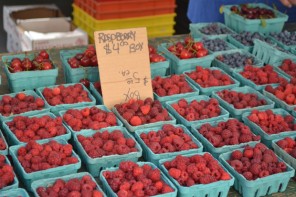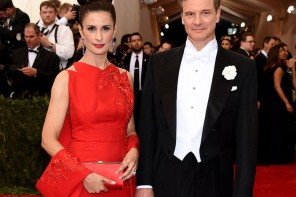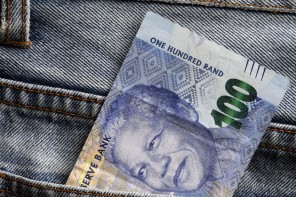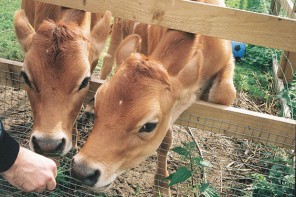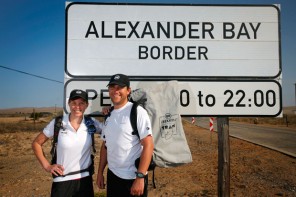April’s Rana Plaza building collapse in Bangladesh has certainly shaken things up in the garment industry and made people aware of the realities that these workers face each and every day. Unfair wages, unsafe, hazardous working conditions and abuse.
Ethical fashion is a serious issue and needs to be at the forefront of consumers minds when making purchasing decisions. The building collapse in Bangladesh killed 1,127 people and has been deemed the deadliest disaster in the history of the garment industry. The building was constructed with substandard materials and in blatant disregard for building codes, all in the name of fashion.
Bangladesh is the world’s second-leading exporter of clothing, trailing only China. There are more than 5, 000 garment factories in Bangladesh, handling orders for nearly all of the world’s top brands and retailers. These high export rates are as a result of the low costs involved, Bangladesh has some of the lowest wages in the world for garment workers.
It has been stated that the building owner had been told the building was unsafe but chose to ignore warnings and forced workers to continue at their machines. The owner of the building, Sohel Rana has since been arrested along with three engineers and four factory owners, who will all be tried for the role they played in the disaster.
Bangladesh Safety Agreement
Since this tragedy a number of apparel brands have agreed to sign a legally enforceable, first of its kind contract that holds them accountable for safety and labour conditions in the factories they employ in Bangladesh. More than 1,000 factories will be covered by the agreement, which trade unions and labour-rights groups have dubbed as “groundbreaking”. Brands include:
- Abercrombie & Fitch
- Aldi
- Benetton
- Bonmarche
- C&A
- Carrefour
- Charles Vögele
- Comtex
- El Corte Inglés
- Esprit
- Fat Cat
- G-Star Raw
- Marks & Spencer
- PvH Corp. (Calvin Klein, Tommy Hillfiger)
- Helly Hansen
- Hema
- Hessnatur
- H&M
- Inditex (Zara)
- JBCStyle
- John Lewis
- KiK
- Lidl
- Mango
- Loblaw (Joe Fresh)
- Mothercare
- N. Brown Group (SimplyBe, High&Mighty)
- New Look
- Next
- Otto Group
- Primark
- Rewe
- Sainsbury’s
- Sean John
- s.Oliver
- Stockmann
- Switcher
- Tchibo
- Topshop
- Tesco
- V&D
- WE Group
Notably absent from this list is GAP and Walmart, two of the biggest producers in Bangladesh. Who have now formed an alliance with the National Retail Federation, the American Apparel and Footwear Association, JC Penny, Sears and Target and seek to “develop and implement a new program to improve fire and safety regulations in the garment factories of Bangladesh”.
Ethical Fashion: Is it just a Pity Product?
In the words of British designer, Katherine Hamnett, queen of the slogan T-shirt, “You might think people would buy clothes out of pity, but they won’t. People buy clothes because they want to be excited about themselves. So it can’t just be goody-goody clothing; it has to be great clothing that just happens to be goody-goody, too. You’ve got to put the fashion first.”
Therefore designers need to be aware when designing their ethical fashion labels that ethical fashion only works when it appeals to our vanity as much as our conscience. And there are brands that get this right, just look at Stella McCartney whose brand has grown 40% a year for the last five years. And it’s pure – it has no violence. McCartney achieves sales of just under £200 million a year without ever shoving her morals down her customers throats. People Tree is another successful ethical fashion label.
So as a consumer, consume ethically. Do research into your favourite brands, find out what they support, ask questions and really consider your purchase before parting with your hard-earned cash.
Image via CBC


